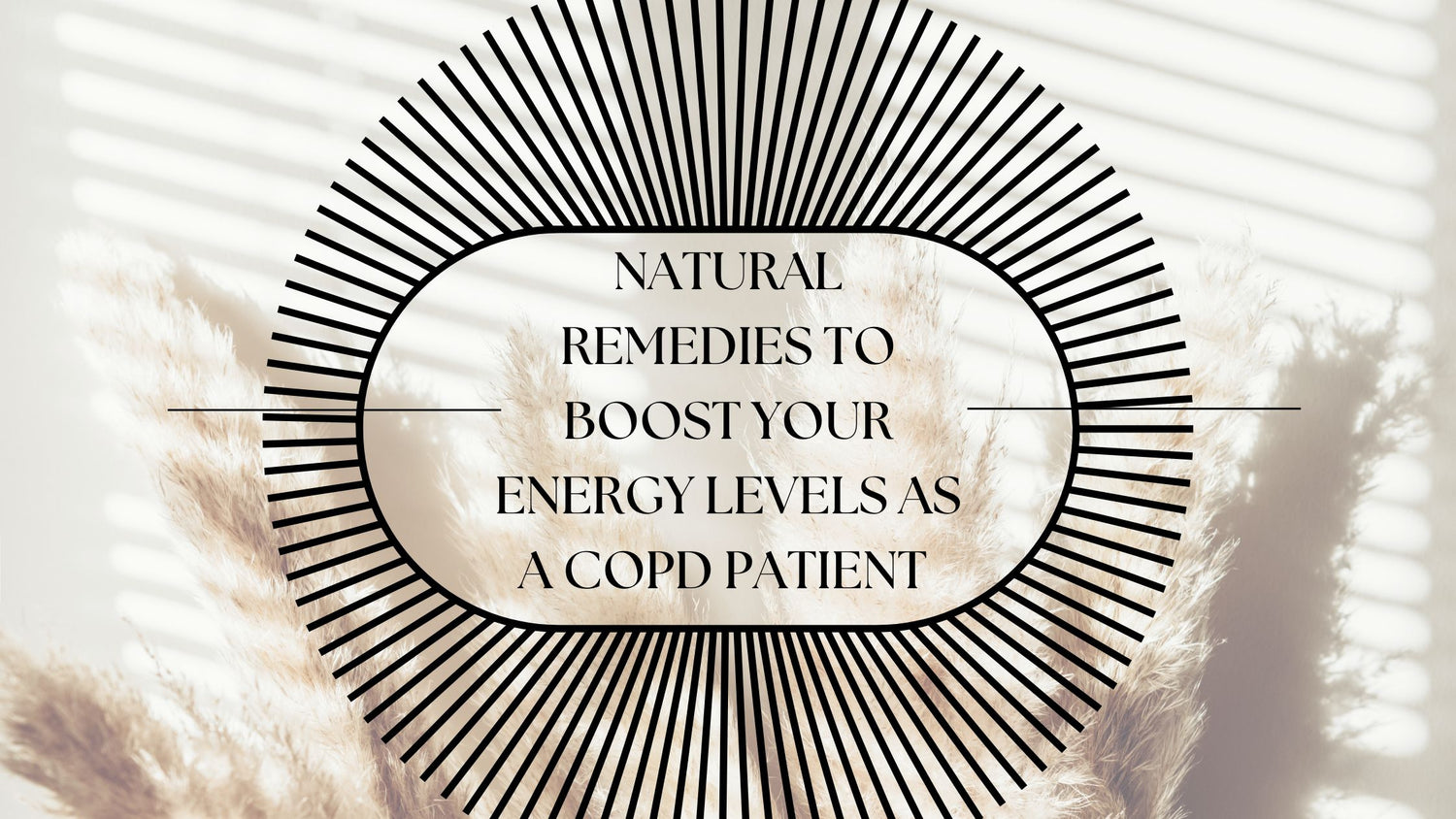Respiratory Resource Center - LPT Medical
Goal Setting Techniques for People with COPD Who Want to Lead Long Healthy Lives
Chronic obstructive pulmonary disease (COPD) is a long-term...
Read MoreNatural Remedies To Boost Your Energy Levels as a COPD Patient
There’s nothing worse than waking up in the...
Read More

